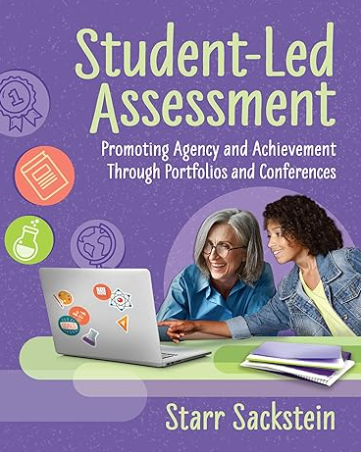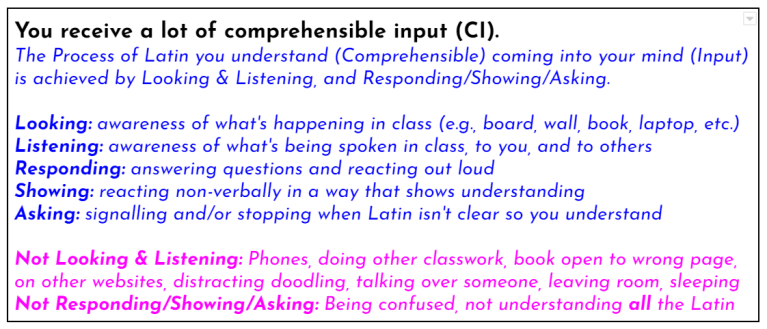Reducing listening activities and doubling-down on reading last year had amazing results, even for a year with the lowest interest in the language I had ever seen. We read novellas, embedded readings from MovieTalk clips, tiered versions of various existing texts, and Type ‘n Talk (Write & Discuss) class texts. Overall, instead of what I’m gonna call crazy content creation (CRAY-CC), I had a lot of success with all that calm content creation (CALM-CC). The former is something like 110% energy-filled classes with a massive focus on interaction. The latter isn’t. Both are different approaches to comprehension-based teaching prioritizing input. The former has a far greater emphasis on communicative language teaching, which isn’t necessarily sine qua non as some make it out to be. While I truly believe this applies to all languages, it is especially the case for Latin.
Of course, I don’t disparage anyone doing the former, though I do recommend that language teachers do what they can so new teachers see CRAY-CC as just ONE approach to providing input. In other words, it would benefit anyone new to the field if experienced comprehension-based language teachers presented and shared the non-negotiables and principles of CI more than specific CRAY-CC activities, methods, etc.). For me, CRAY-CC was trending when I started teaching. Granted, I did learn most of my strategies and techniques from all that, but it would have been nice to be presented with other options that fit my speed, style, mood, etc., and especially that of my students. Luckily, I became more responsive to their reluctance, and adapted. In the end after 9 years of focusing on CRAZY-CC, I finally settled on CALM-CC classes for my 10th year. The reading development truly was magical. We generated class texts based on what were were discussing, learning, and reading, and it was all more than enough content. No order-at-cafe/taberna role plays, and no paired speaking activities that lacked a purpose, either.
Granted, that doesn’t mean I ditched speaking Latin altogether, and I certainly wouldn’t recommend that. At this point, I would recommend a kind of speaking Latin in the classroom that looks different, though, such as communicating with students (fully accepting their English responses), and just skipping on the kind of listening demands that seemed to require 100% silence on their end—ultimately leading to classroom management disasters—that so often accompany CRAY-CC. For a CALM-CC approach, many greetings, instructions, and daily interactions can be done in simple Latin, and have value. Then there’s questioning.
Questioning IN LATIN can be tricky given issues with asking questions when reading a text, which I found became more of a problem when reading ramped up. But let’s say I wanted to ask more questions IN LATIN, and let’s say you do, too. Assuming you had a classic Classical background with approximately 0% speaking Latin, maybe you recently went to a conventiculum, and now you want to speak more Latin in the classroom. That’s a great idea, though not everything you learned and experienced can be applied to your students who have an uncia of the prior knowledge you do. Just as well, here’s an activity inspired by a graduate student who recently presented a selection of Virgil (in English) during a mini lesson, asking yes/no, either/or, and “do you think that” questions that reminded me of what I used to ask IN LATIN as early as the first weeks of school. I call it Reverse Questioning…
Continue reading →

